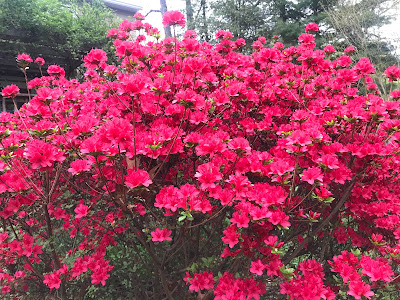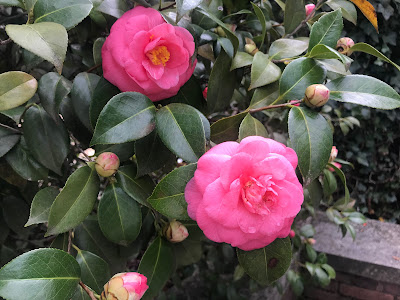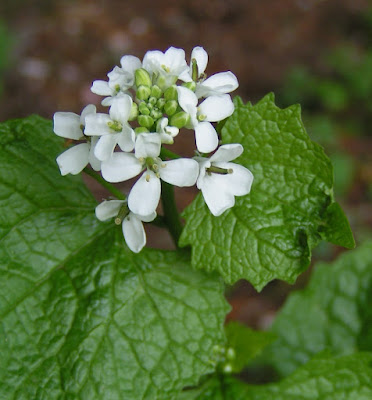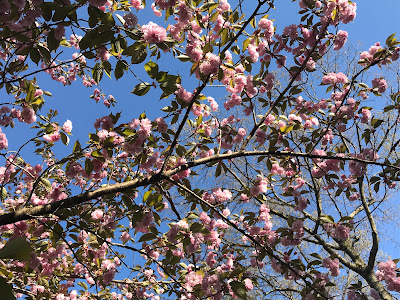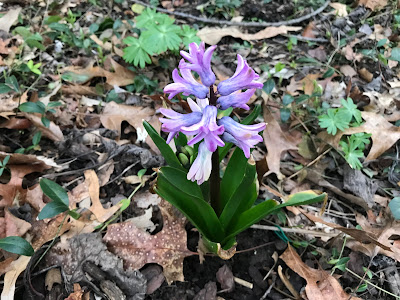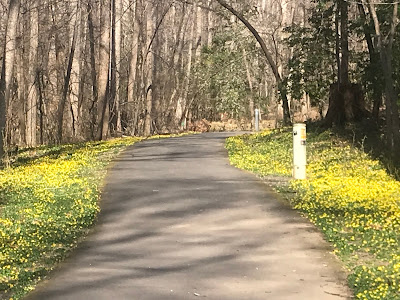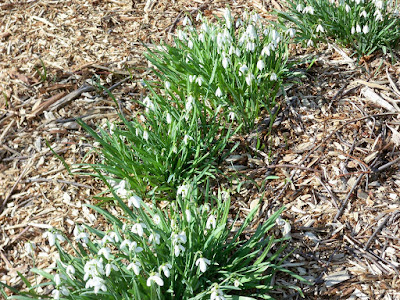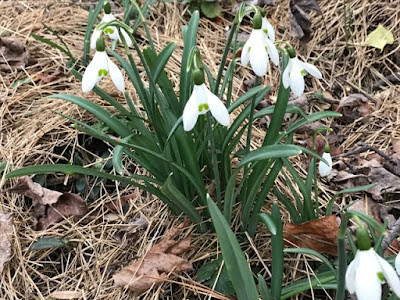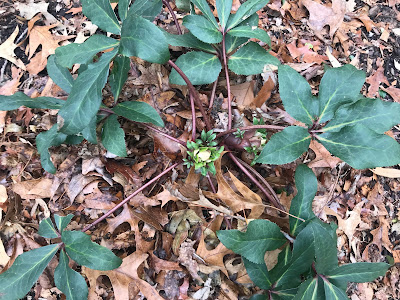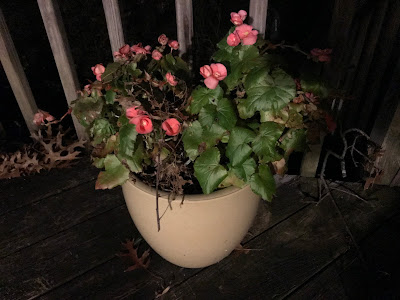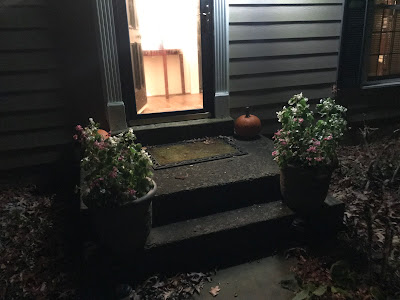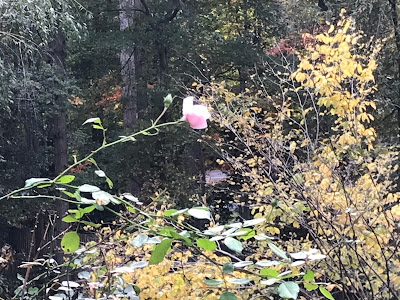Maybe May
It’s May Day, the first day of a glorious month, not a holiday in this country but in many others. I used to tell my daughters, if you’re looking for a lovely time of year to be married, the beginning of May is that time. They were married in April, September and December. So much for motherly advice.
But what’s interesting about time and weather patterns is that I wouldn’t say this today. A decade or so ago, early May was a reliably beautiful time of year, prime azalea season, iris yet to pop, plenty of color amidst the green. These days it’s unsettled. We might have such a May 1, but more than likely we won’t. This year’s unseasonably warm winter means it’s looking decidedly summery, though it’s quite chilly, an odd combination, to say the least.
We talk a lot about climate change with its serious implications for life on this planet. But shifts in longtime patterns of growth and maturity, planting and harvesting, affect us more subtly too. They prey on our spirits and mess with our minds.
(An azalea in its prime … on April 14, 2023.)
